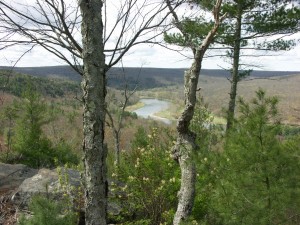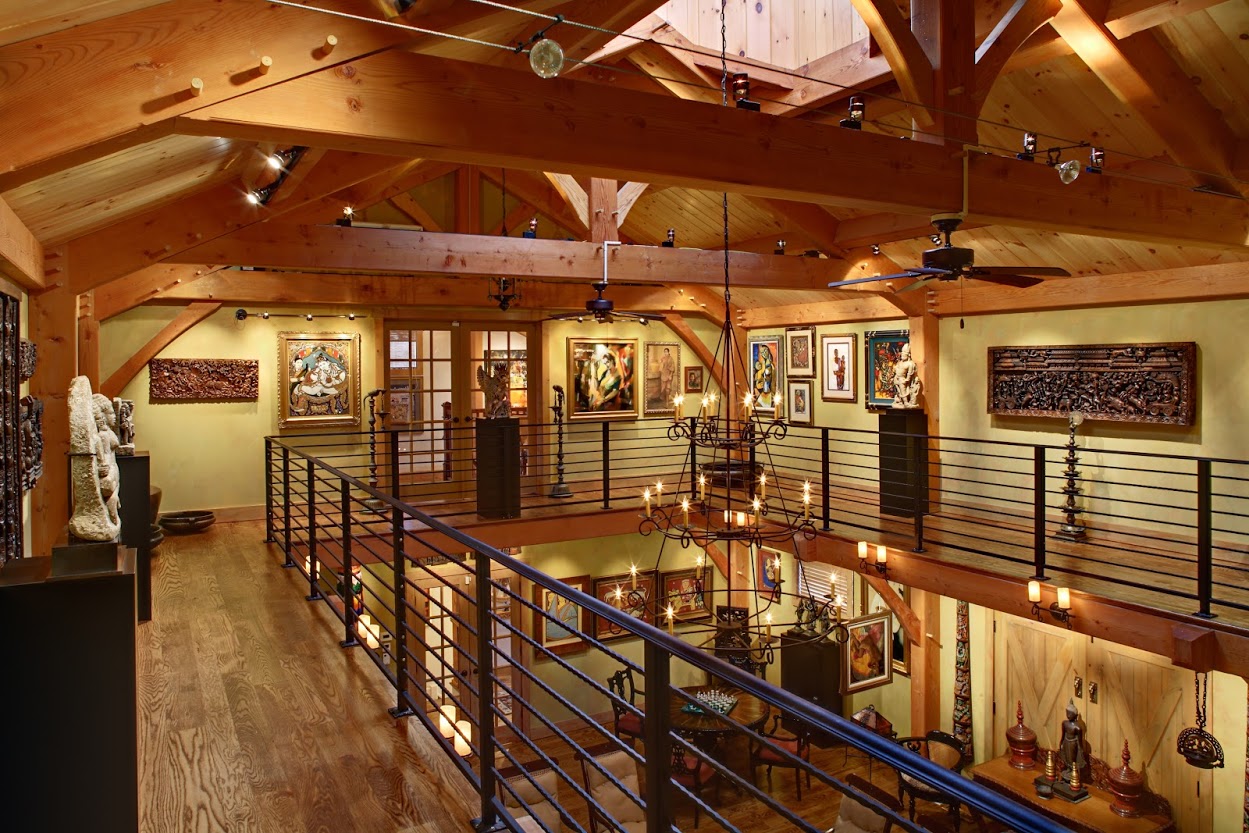 “How do you plan to utilize and respect this site while intruding a structure on its slopes and plains…removing soil and trees and rocks to suit your purpose? Will you simply design a building of sticks and bricks or incorporate an element which speaks to the existing space in a harmonic collaboration which takes its place and becomes a piece of the artwork of nature we’re enjoying on this beautiful day?†~Prof. Harry Fleischer~
“How do you plan to utilize and respect this site while intruding a structure on its slopes and plains…removing soil and trees and rocks to suit your purpose? Will you simply design a building of sticks and bricks or incorporate an element which speaks to the existing space in a harmonic collaboration which takes its place and becomes a piece of the artwork of nature we’re enjoying on this beautiful day?†~Prof. Harry Fleischer~
As a Freshman High School architecture/engineering student going back almost 55 years, I remember my instructor and early mentor Professor Harry Fleischer’s knowing smile as we unfolded our leather bound pencil and pen holders on our first day in his class. The pencils were blue plastic with a shiny knurled metal spot at the bottom for better grip and had a button on top for dispensing graduated lengths of lead from a 3†stick inserted in the shaft.
I had been practicing for weeks before school started with various hardness leads from B’s to 6H which produced different line qualities, and used my soap eraser and brush incessantly to keep my velum drawing paper free of smudges. I was ready to draw. Or at least I thought so. Professor Harry (which is what we called him) smiled knowingly at the four bright and eager young faces staring up in anticipation of our first assignment. Yup…its’ true our class only had four students in the specialized Engineering, Architecture and Strength of Materials class we were enrolled in at our Vo-Tech…which was very heavy on the Vo and very light on the Tech.
Many of the enrollee’s in our school were climbing around on old cars in a permanent state of partial repair and disassembly or welding pipes, running machine lathes or learning electrical wiring. But not me…I wanted to be an architect and an engineer and build things I designed so they would be truly my own. Little did I know what I would be doing in real life for the 50+ years which followed graduation in 1959? I wonder if any of us ever do at that age.
Professor Harry suggested we put our drawing tools away and said we were going on a field trip. We visited a nearby empty lot which sloped gently to a distant view of the Staten Island to NY Ferry Terminal. There were several large boulders on the site.
“OK…grab a boulder and sit downâ€. We did. And we sat and waited…and then waited some more. Prof. Harry perched on his own rock as he had done so many times before, was silent and peaceful and enjoying the early colors of fall as his eyes swept the scene before him as if for the first time. When he finally spoke…his voice painted the scene with the broad strokes of an artists brush.
“I want you to imagine that this is the site of your new home. What’s important about it? How did we get here? If you were inside the house and looking out…what would you want to see? Where do you want to see it from? Where does the sun rise and set? Where does the wind come from?â€
It was an inquisition of the environment we were a part of. A new way of understanding our place in it as much as an awareness that we were only occupants, transient, temporary…not as significant as the place itself which would remain beyond and in spite of us. We were visitors and would go on to visit other places, but it would remain.
“How do you plan to utilize and respect this site while intruding a structure on its slopes and plains…removing soil and trees and rocks to suit your purpose? Will you simply design a building of sticks and bricks or incorporate an element which speaks to the existing space in a harmonic collaboration which takes its place and becomes a piece of the artwork of nature we’re enjoying on this beautiful day?â€
In 1955…on a beautiful fall day…sitting on a rock with my three class mates and Professor Harry we learned a truth…and like all truth…its meaning is immune to the passage of time…even when it represents most of a lifetime. Professor Harry defined the need to respect the land on which we build; to maximize its gifts as a way of balancing the act of disruption of its nature. It’s peculiar to me that even in these advanced and modern times home designs may frequently begin even before a site is selected, and that after land is purchased an architect may not offer to visit right away, but sit in an office and assemble a floor plan from napkin sketches and a verbal description based on the number of bedrooms, bathrooms and size of a kitchen. They may even open a drawer and present previously drawn homes, suggesting variations on a theme until something appeals.
“What is there to see…and where do you want to see it from? Where does the sun set and rise? How did we get here? Where does the wind come from?â€
Why should we care? When we perform SEV’s (Site Evaluation Visit’s) on the land of our future owners, and ask these simple and logical questions which define issues of access, views and energy efficiency, we’re engaging the most important first step in the design process. What we are also doing is respecting the land and its natural gifts by utilizing them in the best way possible. By preparing and considering the site in a thoughtful way, our home owners provide for a permanent collaboration with nature which will endure even beyond their own occupancy, beyond their own generation and allow families they will never know to be enriched by their thoughtfulness.
The ABC’s of an SEV are as simple as the basics Prof. Harry described. The essential ingredients of good home design, and especially in these environmentally and economically challenged times must consider a new homes long term presence on the landscape as well as its impact as an operating component in the environment.
Site Access…“How do we get there?†“How far from the main road?†“How much tree removal?â€
Energy Efficiency…“Where does the sun rise and set? Where does the wind come from?â€
Views…“What is there to see…and where do we want to see it from?â€
If we begin a design process before asking and answering these questions, we can be sure the outcome will be less successful than if we do. An SEV is necessary, relatively simple and when geographically feasible…complimentary.
